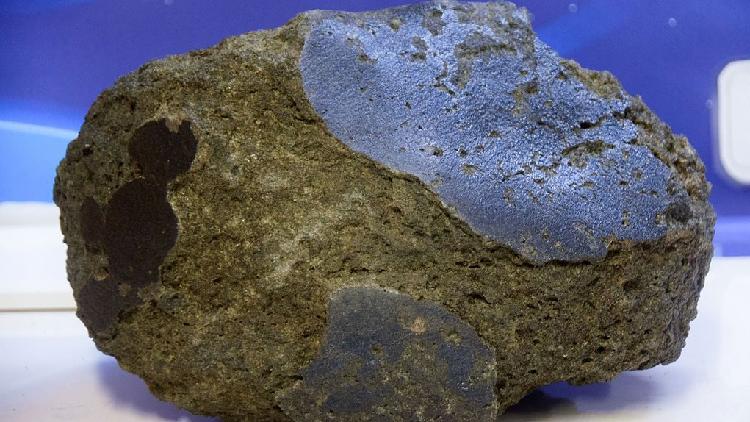Astronomers Pinpoint the Source of Meteorites Impacting Earth
Meteorites – rocks that fall to Earth from space – have been striking our planet since its formation roughly 4.5 billion years ago. While most of these impacts result in minimal damage, some have led to significant catastrophes. But what is the origin of these space rocks? New research has the answer.

By analyzing the composition of meteorites that have fallen to Earth over the years, along with the asteroids found in our solar system, astronomers have concluded that approximately 70 percent of known meteorite impacts originate from just three groups of asteroids located in the main asteroid belt between Mars and Jupiter.
Researchers, through three distinct studies, have mapped out the origins of most of the tens of thousands of meteorites known to have landed on our planet.
As part of their investigation, the astronomers conducted numerical simulations that helped them understand the formation and evolution of asteroid families that orbit the sun in the main asteroid belt.
"It is a group of asteroids which have similar orbits because they were fragments created during a collision between two asteroids," explained Miroslav Broz, an astronomer from Charles University in Prague and lead author of two studies published in the journals Nature and Astrophysics.
When collisions occur in the main asteroid belt, rocky fragments are propelled chaotically through space, with some ultimately colliding with Earth.
"While more than 70,000 meteorites are known, only 6 percent had been clearly identified by their composition as coming from the moon, Mars, or Vesta, one of the largest asteroids in the main asteroid belt. The source of the other meteorites had remained unidentified," noted Michael Marsset of the European Southern Observatory in Chile, lead author of one of the studies published in Nature.
The research identified that the Massalia asteroid family, which formed around 40 million years ago, is responsible for a class of meteorites called L chondrites, accounting for 37 percent of known Earth meteorites. Meanwhile, the Karin family, formed 5.8 million years ago, and the Koronis family, created 7.6 million years ago, correspond to a class of meteorites known as H chondrites, which make up 33 percent of known Earth meteorites.
Additionally, about 8 percent of Earth meteorites have origins traced back to the Flora and Nysa asteroid families within the main asteroid belt, while around 6 percent can be connected to Vesta. Previous studies indicated that less than 1 percent of meteorites came from Mars and the moon.
Researchers are still working to identify the sources of the remaining approximately 15 percent of known Earth meteorites.
Space rocks have significantly influenced the course of life on Earth.
Notably, this new research did not examine the origin of the meteorite that struck Earth 66 million years ago, leading to the extinction of the dinosaurs and allowing mammals to rise to prominence. A separate study published in August established that this particular object originated beyond Jupiter and likely migrated inward to join the main asteroid belt before being redirected toward Earth, potentially due to a collision.
The impact that wiped out the dinosaurs serves as a stark reminder that large space rocks can pose a grave threat to life on our planet. In recent years, NASA's DART spacecraft successfully collided with the asteroid Dimorphos in a demonstration of planetary defense, proving that a spacecraft can alter the trajectory of a celestial body enough to safeguard Earth.
Jessica Kline for TROIB News
Discover more Science and Technology news updates in TROIB Sci-Tech












